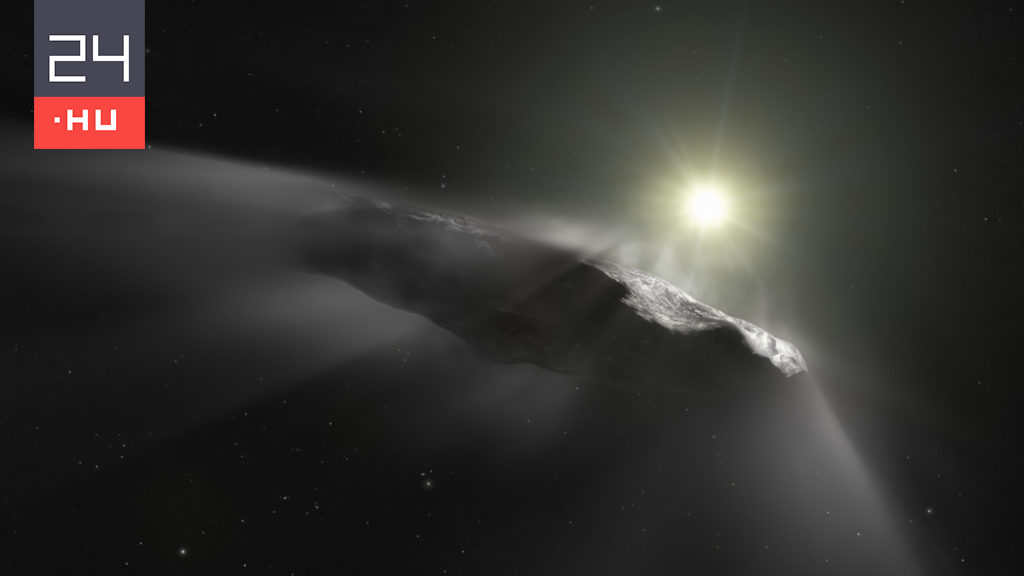In 2017, the Pan-STARRS Observatory in Hawaii identified the first known interstellar object in the solar system. The orb is called “Oumuamua,” which in Hawaiian does almost the same thing: scouts, messengers, outposts. Unfortunately, due to late detection, a great deal of visitor data can be collected.
The orb became known not only as the first interstellar visitor: it also had many unusual properties, the interpretation of which has been the subject of various theories in recent years. Perhaps the most famous of these are these hypotheses Avi LoebHead of the Department of Astronomy at Harvard University.
This year, the researcher also published a book in which he clearly presented his idea – Our Critique of the Volume. You can read it here, And our interview with Loeb Here.
The strange theory received a great deal of professional criticism. Most researchers agree, “Oumuamua is a natural being, and the only question is what exactly an orb could be.” Stephen Desh And the Alan Jackson, Arizona State University staff is now providing another possible explanation in two studies Phys.org. Publications Here And the Here Available.
Experts came to the conclusion that “Oumuamua is indeed a creation of nature and could be part of a Pluto-like celestial body outside the solar system.
Weird things about Oumuamua
According to Desch, “Oumuamua is similar in many ways to a comet, but several characteristics have been observed that lead to the formation of a mystery about it.
When analyzing the data on the object, experts found that the celestial body could not travel for more than a billion years in interstellar space. Oumuamua is so flat, reminiscent of an open pie – no identical celestial body has yet been seen. In the body, unexplained motion is also observed by gravity as it approaches the sun, but no trace of the escaping gas property that characterizes comets has been identified.
At the beginning of their study, Desch and Jackson assumed that “Oumuamua consists of some ice, and then assessed the rate at which these substances could sublimate when they passed near our star. Then they calculated how a change in state would affect the orbit of each celestial body, and how large the different bodies would be. , What shape it might take, and how it could reflect light again.
Freezing nitrogen is present in large quantities on Pluto’s surface, so it is also possible for a comet-like celestial body to form from it.
Experts have also evaluated the extent to which portions of frozen nitrogen were released from Pluto and others in the early stages of the solar system. Finally, they also calculated the probability of such celestial bodies reaching the sun from a space system.
“It may have been torn from the surface by a collision half a billion years ago and then expelled from its planetary system,” Jackson said, adding that an astronomical body made of solid nitrogen is also consistent with the shape of Uumuamua.
Regarding the Desh Loeb theory, he said that it is expected that after the discovery of the first interstellar visitor, the possibility of the emergence of an alien civilization will also appear. At the same time, the researcher believes that far-reaching conclusions should not be drawn in science. In the case of “Oumuamua”, it took two to three years to find a natural astronomical body that fits all of that body’s characteristics. From a scientific standpoint, this doesn’t count for long anyway, although more natural explanations may be waiting to be explored.
Experts are confident that over time they will identify more “umuamua-like” things and can actually collect enough data on them. We hope that subsequent observations will finally solve the interstellar visitor’s mystery.












































